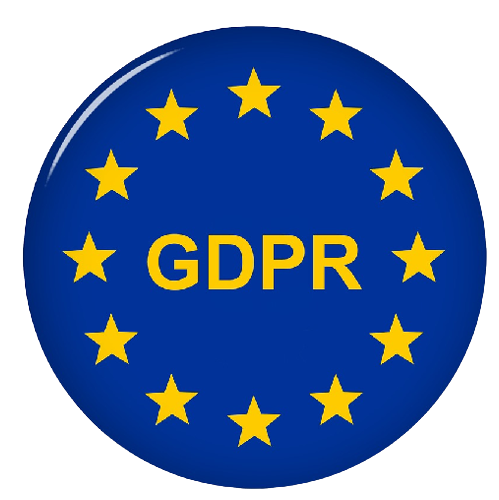The Rise of Micro-Influencers: How Small-Scale Influencers Can Boost Your Brand

In recent years, the world of influencer marketing has seen a shift towards the rise of micro-influencers. These individuals, who typically have smaller but highly engaged followings, are proving to be powerful assets for brands looking to connect with niche audiences and drive authentic engagement.
The dynamic world of digital marketing is witnessing a shift in the way brands engage with their customers due to the rise of micro-influencers. Unlike their mega and macro counterparts, micro-influencers often have a fan base of a thousand to a hundred thousand. Even though they may have fewer followers, they usually have higher audience engagement rates and more sincere connections. This blog explains why and how you should collaborate with local influencers to grow your brand.
Why Micro-Influencers Matter?
1. Higher Engagement Rates
Compared to bigger influencers, micro-influencers frequently have higher interaction rates. Every post they make receives more likes, comments, and shares since their fans are typically more devoted and engaged.
Their followers are more likely to interact with their content, leading to increased visibility and genuine conversations about the brand. This heightened level of engagement can translate into meaningful conversions and long-term customer loyalty.
2. Authenticity and Trust
Micro-influencers are seen by followers as more trustworthy and relatable. Since they are regarded as actual people rather than celebrities, their recommendations seem more sincere.
Their audiences trust their recommendations and view them as genuine, making their endorsements incredibly valuable to brands seeking to establish credibility and foster meaningful connections with consumers.
3. Cost-Effective
In general, working with micro-influencers is less expensive than collaborating with high-profile influencers. This enables marketers to expand their reach by collaborating with several micro-influencers at once.
Many micro-influencers are open to negotiating compensation based on products, services, or nominal fees, making them an attractive option for brands with smaller marketing budgets.
4. Niche Audiences
Micro-influencers give marketers direct access to highly focused audiences by catering to certain niches. Reaching prospective clients who are actually interested in your brand or services is made easier by this accuracy. One of the key advantages of leveraging micro-influencers is the ability to target specific demographics and interests.
Unlike macro-influencers who may have a broad and diverse audience, micro-influencers often specialize in niche topics such as sustainable fashion, vegan lifestyle, or specific hobbies. This allows brands to reach highly targeted groups of potential customers who are already predisposed to be interested in their products or services.
How to Leverage Micro-Influencers for Your Brand?
Identify the Right Influencers
Search for influencers whose fan base is similar to your intended market. Reputable sources can be found using tools such as HypeAuditor, BuzzSumo, and Instagram’s native analytics, which provide information on follower demographics and engagement rates.
Build Genuine Relationships
Send a customized message to micro-influencers expressing your interest in their work. Developing a real connection can result in more sincere and enthusiastic proposals.
Create Mutually Beneficial Campaigns
Create campaigns that are advantageous to the influencer and your brand. To encourage cooperation, think of providing free goods, special discounts, or commissions on sales.
Leverage User-Generated Content
Push micro-influencers to produce content that highlights your services. This will boost the visibility of your brand among the influencer’s followers as well as give you real content for your own channels.
Monitor and Measure Success
Use analytics, such as conversion rates, website traffic, and engagement rates, to monitor the effectiveness of your micro-influencer initiatives. UTM parameters, social media insights, and Google Analytics are a few examples of tools that can offer useful data for ROI measurement.
Case Studies of Successful Micro-Influencer Campaigns
1. Dyson
To raise brand recognition, Dyson launched a unique influencer marketing campaign on Instagram. Dyson, primarily targeted dog owners on Instagram and teamed together with five pet influencers.
Pet owners had creative control over the posts themselves according to the brand’s fairly loose creative brief, which was given to influencers. The only requirements were that the articles be funny and demonstrate how pet owners cleaned up after their furry friends.
This campaign was successful because Dyson allowed influencers to have creative control.
2. Daniel Wellington
The Swedish watch company Daniel Wellington is another perfect example of influencer marketing done right. Influencers across the world received watches from the brand, and they were urged to share photos of them with a special coupon code.
Through the use of discount codes, this method not only raised brand awareness but also significantly increased sales. The campaign was successful because it was simple and made good use of micro-influencers who had a close relationship with their audience.
Conclusion
The rise of micro-influencers presents a valuable opportunity for brands to connect with highly engaged, niche audiences in a genuine and cost-effective manner. By leveraging the unique appeal and authenticity of micro-influencers, brands can boost their visibility and credibility.
Embracing this trend and strategically incorporating micro-influencers into marketing strategies can yield powerful results for brands looking to make a lasting impact in today’s dynamic and competitive landscape.
Micro-influencers are a potent and economical means of increasing the visibility and engagement of your business. They are a priceless addition to the digital marketing toolkit because of their capacity to establish genuine connections with target audiences.
Brands may use micro-influencers to propel development and innovation by locating the appropriate influencers, developing sincere connections with them, and developing campaigns that benefit both parties.








